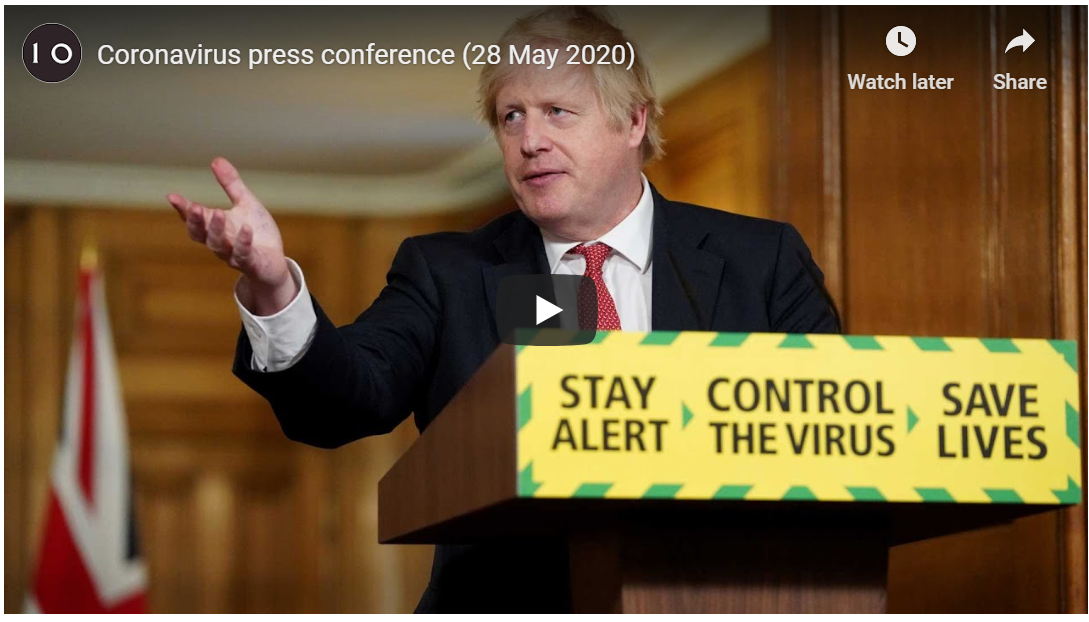One of the unconscionable practices in international aid is the “mission” – a team of experts from donor countries who fly out to the developing country to supervise the way that aid is used. For large aid projects, these mission teams – sometimes composed of eager but inexperienced development workers – will demand meetings with senior officials from the recipient country government, often including Cabinet-level ministers.
These missions are a major burden on developing countries. Each mission ties up many hours of ministerial and official time. The policies pressed on governments are often contradictory, lack evidence and have little or no legitimacy in local policital processes. That is why donors promised in the Paris Declaration on Aid Effectiveness to reduce the burden of missions.
Yet in the 18 months since that declaration there were 11,000 missions to 31 countries surveyed by the OECD – an average of about 350 missions per country per year. Each mission lasts about a week, so on average each country will have about 5 donor missions in country at any one time. This is a huge cost to the scarce administrative capacity of developing countries: costs which are imposed by well-meaning donors but borne by the recipient government.
The costs of missions can be thought of as a negative externality – which suggests that developing countries should adopt the polluter pays principle as a way to control the burden. Using the analogy of cap-and-trade in environmental pollution, developing countries could issue tradable missions permits. Here is how it could work:
- Developing countries would each decide how many donor missions they can absorb in total each year. Suppose that a country decides to accept 50 donor missions a year (a seventh of the number they now receive on average!). The government would then issue 50 tradable missions permits, which they would sell to donors in an online auction.
- Development agencies designing aid programmes that require a donor mission would have to include in their budget the cost of buying one of these permits, either in the auction or in a secondary market. This would mean that the budget of the aid project would include explicitly not only the cost to the donor of providing the resources, but also the cost to the recipient that the project will impose. The donor thus bears the full cost of its decisions.
- Donors would have an incentive to coordinate their programmes and send joint missions, since they could then share the costs of mission permits.
- Donors would also have a financial incentive to decentralize their operations to resident staff, rather than sending missions from HQ.
The key to making this work would be for developing countries to be rigorous in limiting donors’ access to ministers and officials to teams holding a mission permit. There would be strong pressures – including financial – on them to accept an additional meeting without a mission permit. This could be avoided to some extent through the visa regime (visiting staff from donor agencies would have to quote their mission permit number), but to some extent the donors would need to police the system themselves.
In general, it seems to me that many of the challenges in the development industry relate are the consequence of negative externalities of donor decisions. As the number of donors increases, the prospects for solving these problems through coordination and committees seem more and more remote – and we should look instead to decentralized, market-based mechanisms to align incentives to deliver better results.



5 Comments
Martin · March 24, 2007 at 10:48 am
Owen,
Sounds perfectly reasonable to me.
Charles · March 26, 2007 at 10:13 am
But Owen is it really practical? It seems politically naive, apart from the costs and benefits needing to be carefully assessed. It’s one of these eye-catching ideas but, even if it was practical, it would be devoting resources of both donors and recipents to addressing one of the symptoms of the problem of aid effectiveness rather than its cause.
Owen · March 26, 2007 at 1:11 pm
Charles
That’s a good question. It seems to me that putting energy into the establishment of a system that realigns the incentives might be less resource-incentive in the long run than a never-ending process of seeking agreement and coordination among donors to reduce the burden on recipients. The incentives to coordinate and harmonize do not seem to me to be very strong.
Owen
from Berlin
Jonny · March 31, 2007 at 7:02 pm
Daft, daft, daft. The real problem is that donors have done their best to remove foreign staff from developing countries. So how else do you verify that your ‘donations’ are not being misspent? You send some ratty Guardian reading, cliboard wielding astronauts to ask some pretty superficial questions! I think the private sector provides a good comparison here. How frequently would a company trust often millions of dollars without some immediate and close-to-hand project management? When the ODA/DFID ‘retired’ its old hands, to be replaced with hippy ‘Development Studies’ graduates from SOAS and Sussex, who like the idea of a touchy-feely job, with travel abroad, but don’t have a stomach for a life in the field, the UK’s development capacity was diminished. Ok, rant over, back to work.
Tim Worstall · March 24, 2007 at 10:32 am
Overseas Aid…
Not as silly as it sounds. We’ll charge you for offering us aid….
Comments are closed.